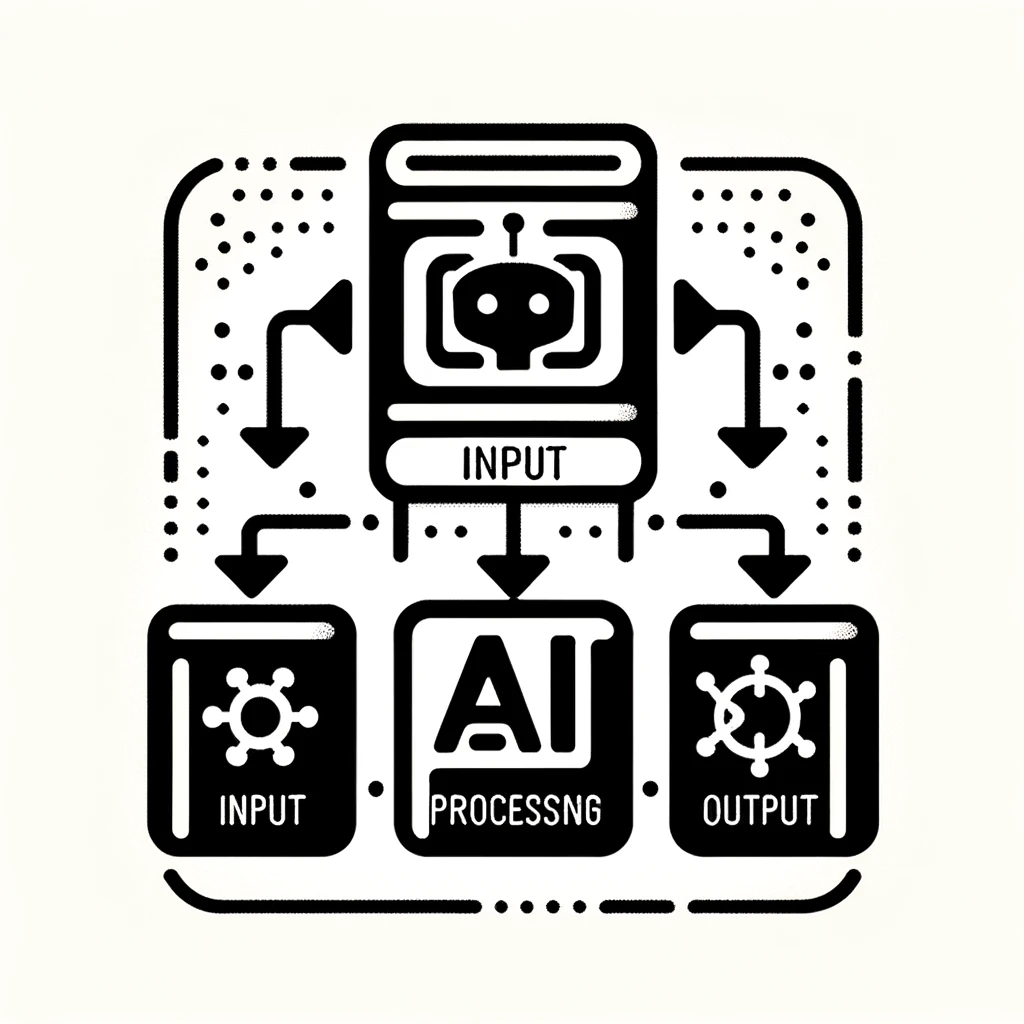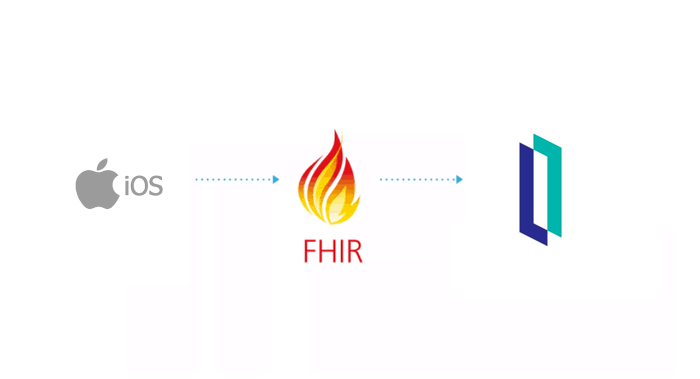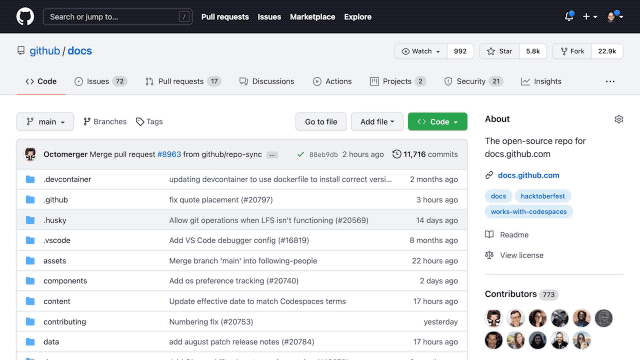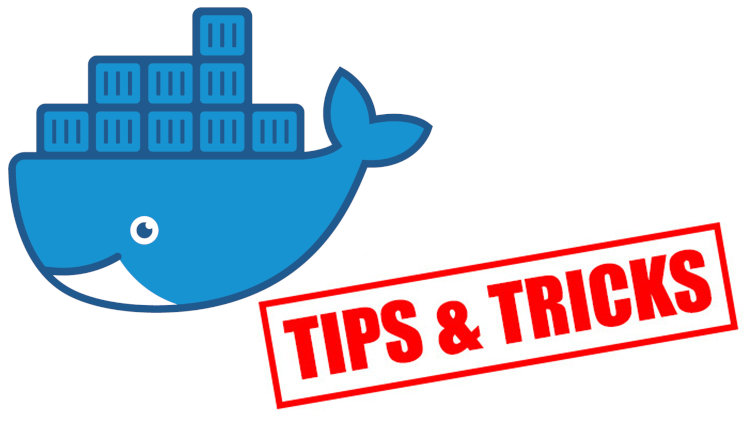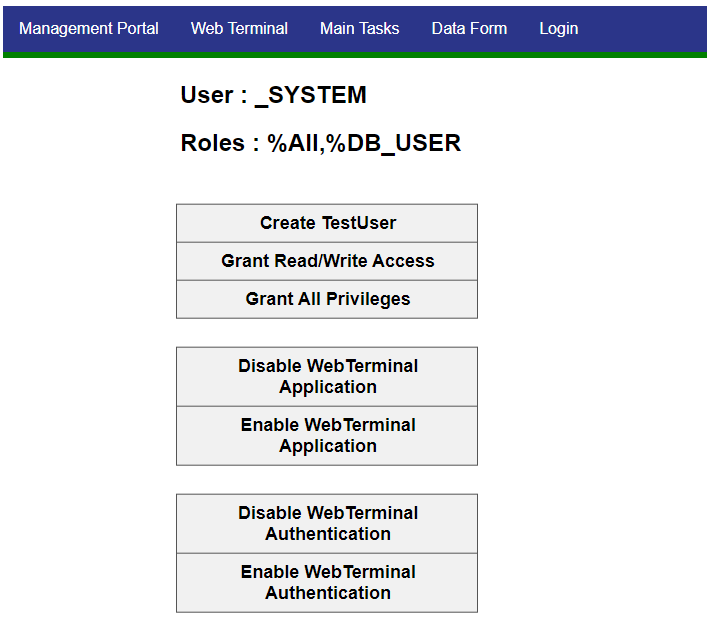Myself and the other Technology Architects often have to explain to customers and vendors Caché IO requirements and the way that Caché applications will use storage systems. The following tables are useful when explaining typical Caché IO profile and requirements for a transactional database application with customers and vendors. The original tables were created by Mark Bolinsky.
In future posts I will be discussing more about storage IO so am also posting these tables now as a reference for those articles.


.png)
